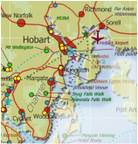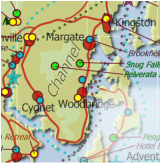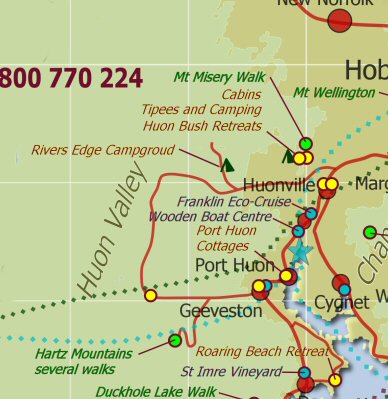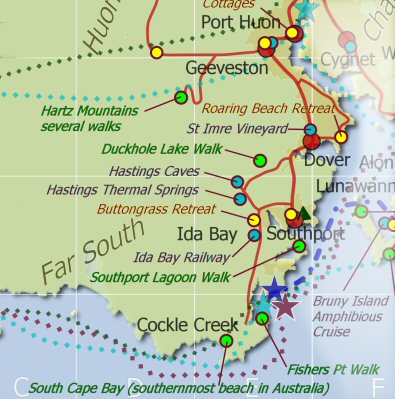| Have you ever daydreamed about traveling to far-off destinations but struggled to save enough money to make it happen? Fortunately, there are alternative ways to fund your adventures beyond traditional savings methods. One such way is through making smart investments. Investing strategically enables you to grow your money and use the returns to finance your travel dreams. But what exactly is smart investing? Simply put, making informed decisions about investing your money to maximize returns. This could include investing in forex, bonds, mutual funds, real estate, or other vehicles. The key is to choose investments that align with your goals. |
This article delves into the concept of smart investing and provides practical tips on using it to fund your next adventure. Whether you're new to investing or a professional trader, we hope you'll find this guide helpful as you plan your next trip.
| Understanding the basics of smart investing This involves understanding the different investment vehicles available and the factors that can impact their performance. For example, forex can be a smart investment for those who can carefully research and analyze currency market trends. Its liquidity, leverage, and flexibility make it attractive for traders looking for potentially high rewards. |
One of the key components of using smart investing to fund your adventures is setting clear financial goals. With a specific target, you can create a plan that aligns your investment strategy with your travel plans.
The first step when setting financial goals is determining how much money you will need for your travel adventures. This will depend on factors such as the destination, length of the trip, and planned activities. Consider creating a rough itinerary and estimating transportation, lodging, food, and activities costs. This will give you a figure to work with as you begin to plan your investments.
Once you know how much money you need, you can determine how much you need to save and invest each month to reach your goal. Consider factors such as your current income and expenses, as well as any upcoming events that may impact your finances. It's important to be realistic and set achievable goals that don't put too much strain on your budget.
Creating a budget & allocating funds for investment
Next up is creating a budget to track your current expenses and income. This can help you identify areas where you can cut back and free up more money for investment. Consider using a budgeting tool or app to make this process easier and more efficient.
Once you have a clear picture of your current finances, you can allocate funds for investment. It's generally recommended that you aim to save and invest at least 20% of your income each month, although this can vary depending on your financial goals and current expenses.
Consider spreading your investments across various asset classes, such as forex, bonds, and stocks. Another important consideration when creating a budget is to prioritize your expenses. While travel may be a top priority, it's important to ensure you're still covering essential expenses such as rent, food, and transportation. Consider creating a list of must-have expenses and then allocating funds for investment based on what's left over.
Value investing is another popular strategy. This involves identifying undervalued currencies or assets. While this approach can be more time consuming and requires more research, it can yield higher returns over the long term.
Monitoring & adjusting investments
Once you have chosen an investment strategy and started investing, it's important to monitor and adjust your investments as needed. Market conditions can change quickly, and what was a good investment a few months ago may no longer be the case. One key metric to track is your portfolio's performance. This can help you identify which investments are performing well and which need adjustment or sale. It's also important to keep an eye on market trends and news, as this can impact the performance of your investments.
When adjusting your investments, it’s important to avoid knee-jerk reactions based on short-term market fluctuations. Instead, focus on long-term trends and make adjustments based on your overall financial goals. In addition to monitoring and adjusting your investments, it's also important to regularly review your budget and financial goals. As your income and expenses change, you may need to adjust your investment strategy or reallocate funds to ensure you're on track to achieve your goals.











